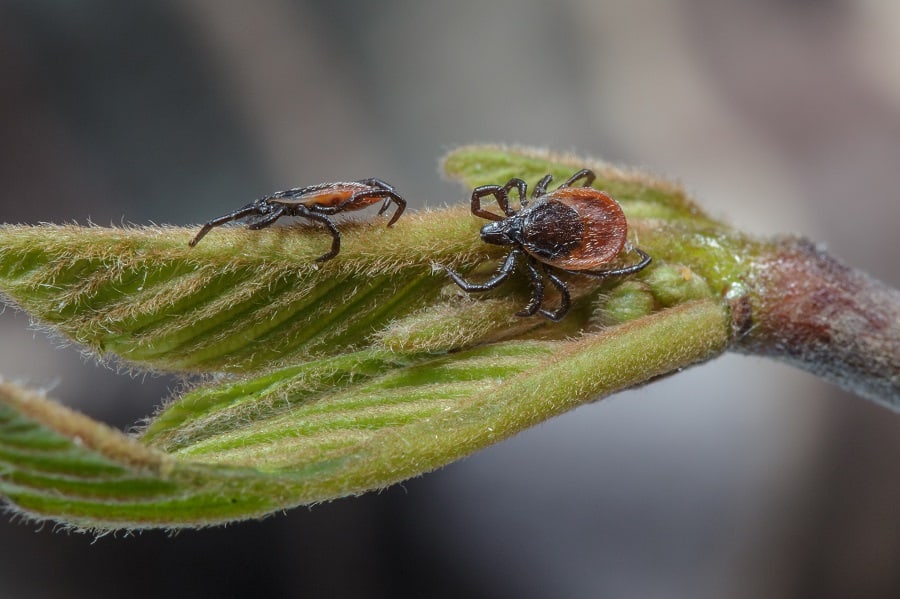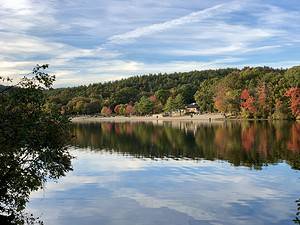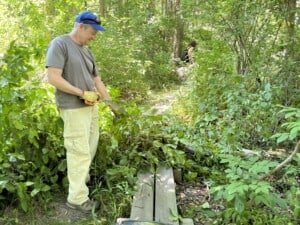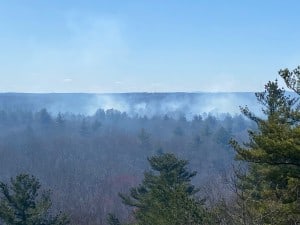Elaine Kerrigan used to love hiking in the Blue Hills. Though she has lived her whole life in Weymouth, just 10 minutes away from the park, she didn’t start exploring here until she was in her thirties. She always enjoyed exercising outdoors, so when she discovered how much fun she found hiking and cross-country skiing, the Blue Hills was a natural fit. She loved exploring different areas with her friends: starting at a different trail head, exploring the Blue dot trail one day and Red dot the next.
That was before she contracted Lyme disease from a tick last October despite taking precautions. Elaine was always careful to avoid tick bites by wearing long pants, covering her arms with long sleeves, donning a hat and checking herself after her many walks. Still, she found herself one day unable to get out of bed and suffering from excruciating headaches and joints too painful to move. Eventually she found the tell-tale bulls eye red mark that surrounds the bite of an infected tick bite and her doctor prescribed antibiotics that healed her.
She is back to her regular activities now but is reluctant to return to the park because she is concerned about getting so sick again. Knowing she couldn’t help control Lyme disease by herself, she contacted the Friends of the Blue Hills and discovered that she’s not alone. Many people who spend time outdoors want to protect themselves and their families from Lyme disease and its potentially devastating effects.
The Mass Department of Public Health has a wealth of information on Lyme disease. We also include some commonly asked questions below.
What are the symptoms of Lyme disease?



















